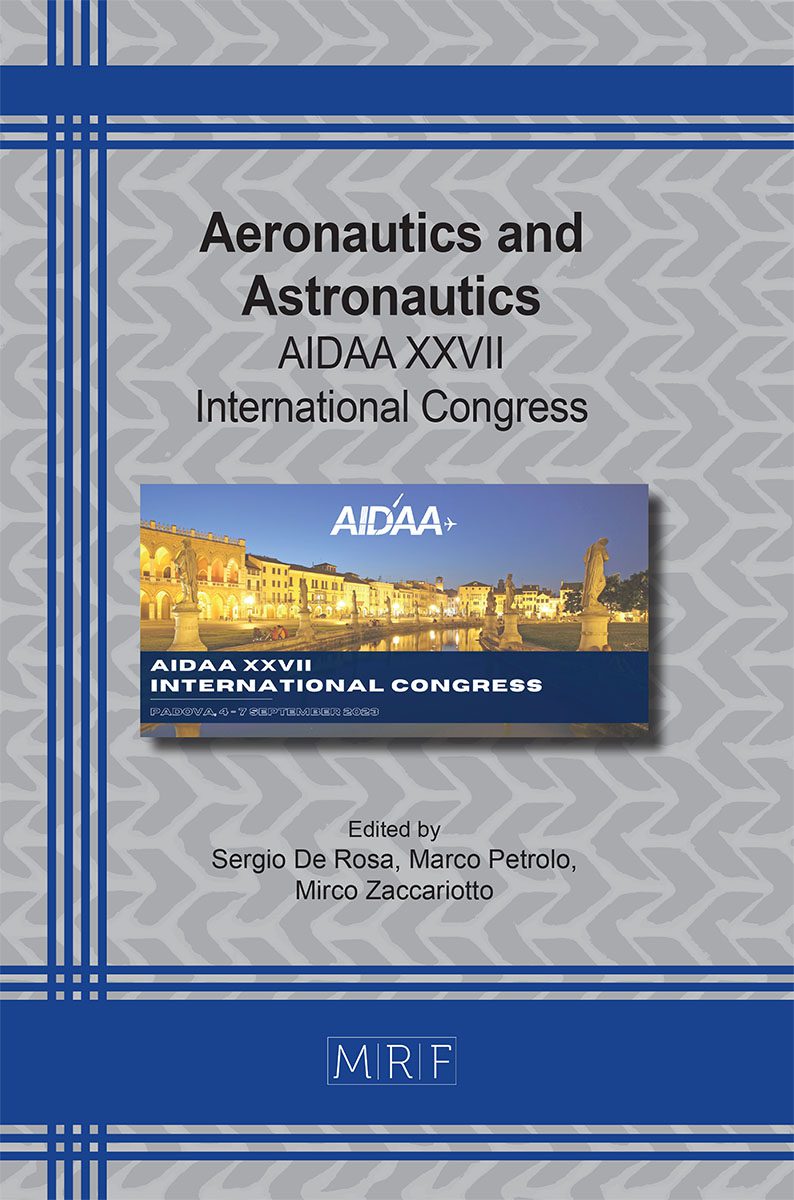AUTOMA project: technologies for autonomous in orbit assembly operations
Alex Caon, Martina Imperatrice, Mattia Peruffo, Francesco Branz, Alessandro Francesconi
download PDFAbstract. The possibility of manipulating objects in space is at the basis of the In-Orbit Servicing missions with the purpose to extend or improve the life of existing satellites. This can be obtained by equipping a target satellite with additional modules capable of providing additional basic functions, like power, thrust or communication. One of the most promising technologies to accomplish to these purposes is presented by space robots (satellites with one or more robotic manipulators) equipped with dedicated tool. The manipulators have the dual purposes to capture the additional module and to manipulate and attach it to the target satellite. In order to advance in IOS technologies, the Department of Industrial Engineer has funded the AUTOMA (AUtonomous Technologies for Orbital servicing and Modular Assembly) project . The project aims to (1) upgrade an autonomous capture tool, (2) develop the additional module (EAU), and (3) execute tests in relevant laboratory scenarios. The autonomous tool is represented by SMACK (SMArt Capture Kit). SMACK is a capture system equipped with (1) different types of sensors to measure the relative pose during the entire approach for the capture and for the assembly; (2) a set of actuators to capture the module and keep a rigid connection during the manipulation; (3) a computer to execute locally the required software like guidance and navigation algorithms. The external module (Elementary Assembly Unit, EAU) is equipped with three features to be captured and manipulated by SMACK and a docking system to allow the assembly on the target structure. In order to test the assembly phase, SMACK has been mounted on the end-effector of a 6 degrees of freedom robotic arm in laboratory environment, while the target has been fixed on a frame. These tests proved the ability of SMACK to manage assembly tasks such as the control of a robotic arm with sufficient accuracy.
Keywords
In-Orbit Servicing, Space Robots, Capture Tool, Autonomous System
Published online 11/1/2023, 5 pages
Copyright © 2023 by the author(s)
Published under license by Materials Research Forum LLC., Millersville PA, USA
Citation: Alex Caon, Martina Imperatrice, Mattia Peruffo, Francesco Branz, Alessandro Francesconi, AUTOMA project: technologies for autonomous in orbit assembly operations, Materials Research Proceedings, Vol. 37, pp 508-512, 2023
DOI: https://doi.org/10.21741/9781644902813-111
The article was published as article 111 of the book Aeronautics and Astronautics
![]() Content from this work may be used under the terms of the Creative Commons Attribution 3.0 license. Any further distribution of this work must maintain attribution to the author(s) and the title of the work, journal citation and DOI.
Content from this work may be used under the terms of the Creative Commons Attribution 3.0 license. Any further distribution of this work must maintain attribution to the author(s) and the title of the work, journal citation and DOI.
References
[1] W. R. Oegerle, L. R. Purves, J. G. Budinoff, R. V. Moe, T. M. Carnahan, D. Evans and C. K. Kim, “Concept for a large scalable space telescope: in-space assembly,” SPIE, 2006. https://doi.org/10.1117/12.672244
[2] Northrop Grumman, “Space Logistics,” 16 06 2023. [Online]. Available: https://www.northropgrumman.com/space/space-logistics-services/.
[3] A. Caon, F. Branz and A. Francesconi, “Smart capture tool for space robots,” Acta Astronautica, 2023. https://doi.org/10.1016/j.actaastro.2023.05.014
[4] A. Caon, F. Branz and A. Francesconi, “Development and test of a robotic arm for experiments on close proximity operations,” Acta Astronautica, 195, pp. 287-294, 2022. https://doi.org/10.1016/j.actaastro.2022.03.006
[5] A. Caon, M. Peruffo, F. Branz and A. Francesconi, “Consensus sensor fusion to estimate the relative attitude during space capture operations,” in IEEE 9 International Workshop onMetrology for AeroSpace (MetroAeroSpace), 2022. https://doi.org/10.1109/MetroAeroSpace54187.2022.9856096
[6] A. Caon, F. Branz and A. Francesconi, “Characterization of a new positioning senosr for space capture,” in IEEE 8 International Workshop on Metrology for AeroSpace (MetroAeroSpace), 2021. https://doi.org/10.1109/MetroAeroSpace51421.2021.9511704
[7] F. Sansone, F. Banz and A. Francesconi, “A relative sensor for CubeSat based on LED fiducial markers,” Acta Astronautica, 2018. https://doi.org/10.1016/j.actaastro.2018.02.028
[8] F. Branz, L. Olivieri, F. Sansone and A. Francesconi, “Miniature docking mechanism for CubeSats,” Acta Astronautica, pp. 510-519, 2020. https://doi.org/10.1016/j.actaastro.2020.06.042












